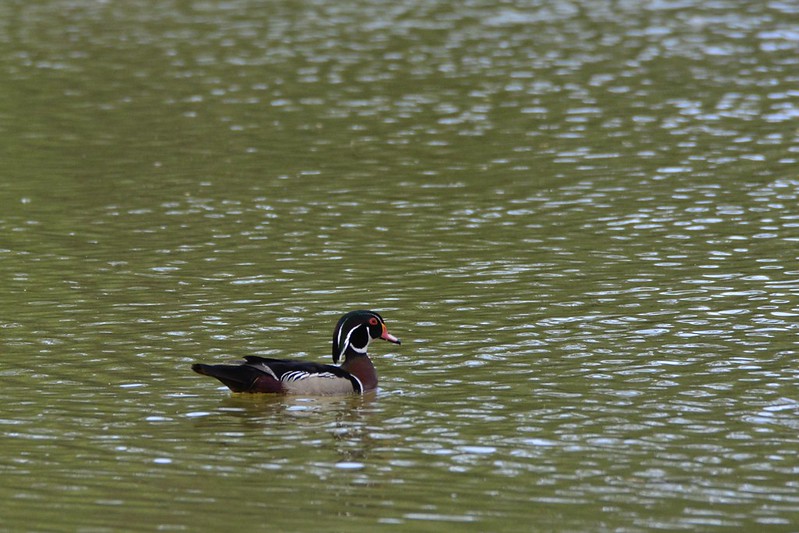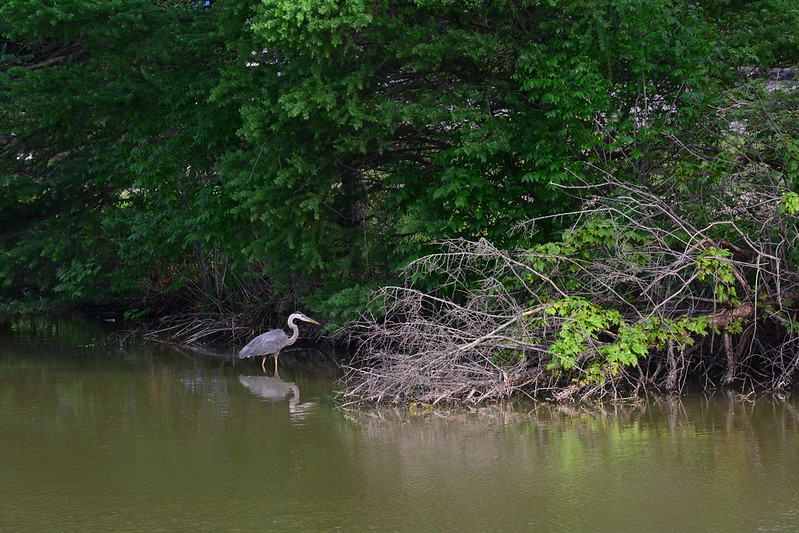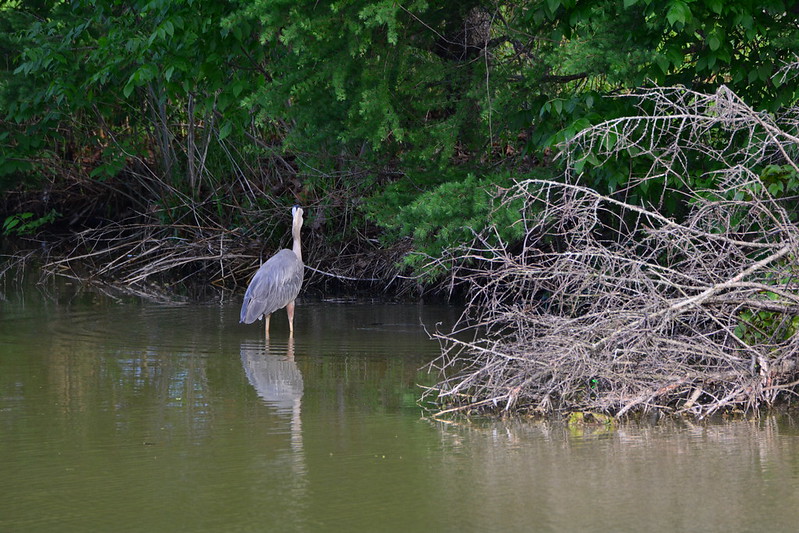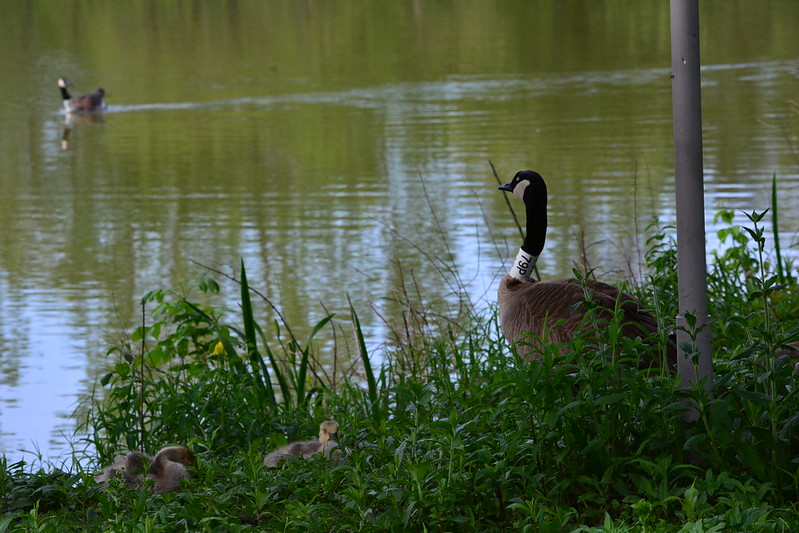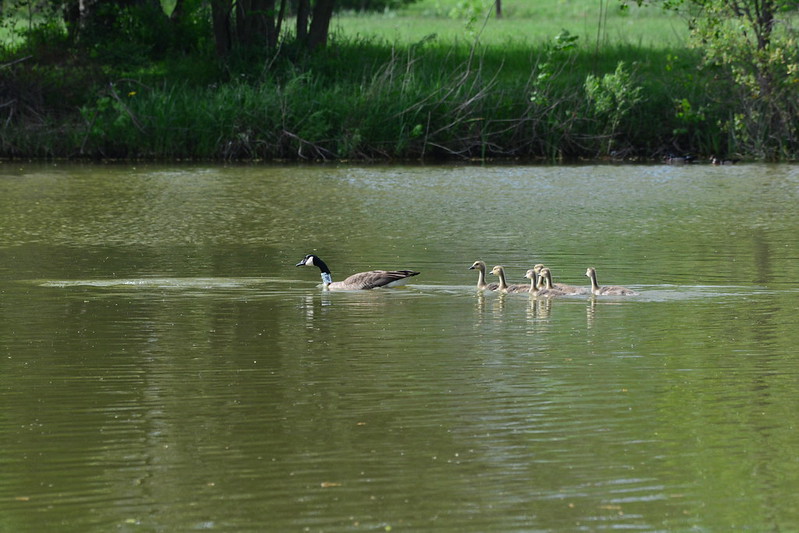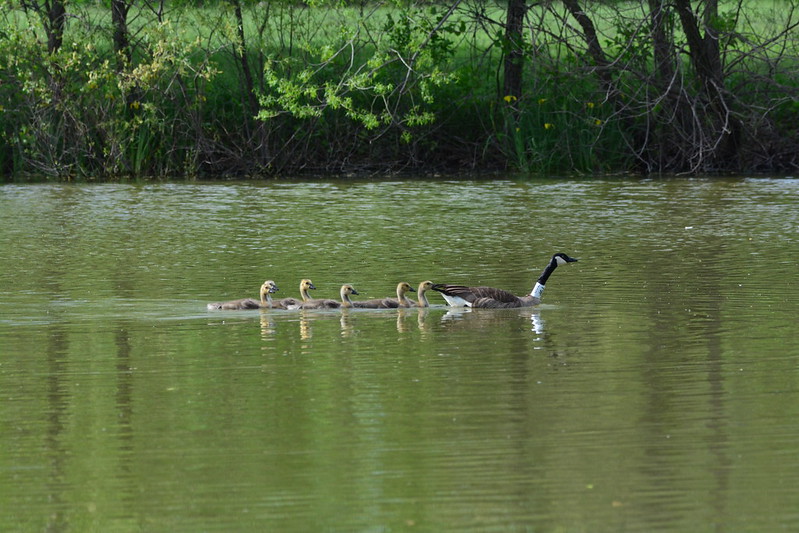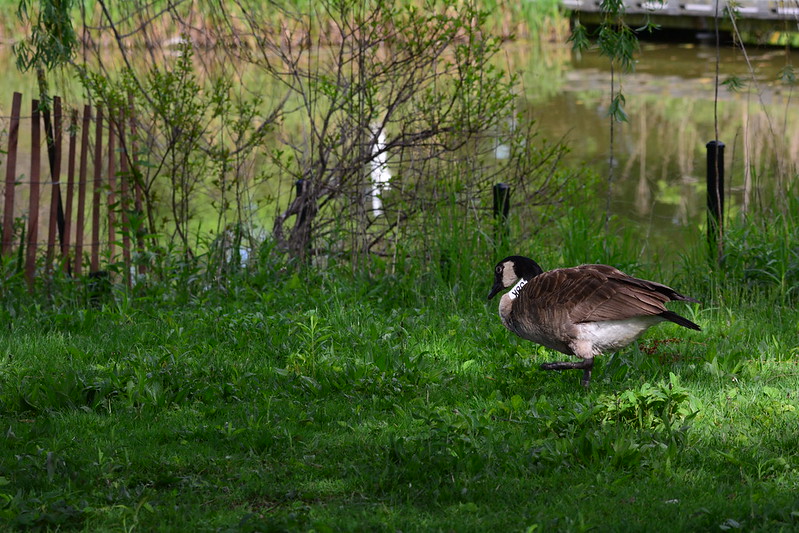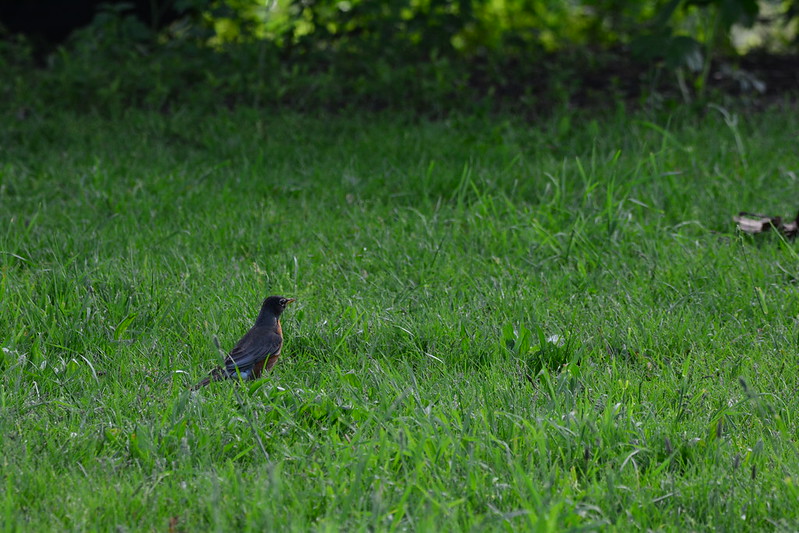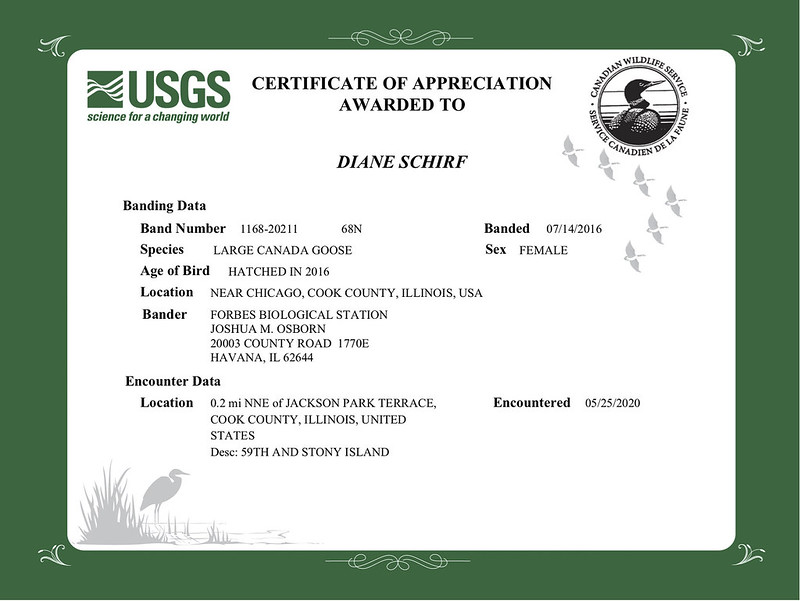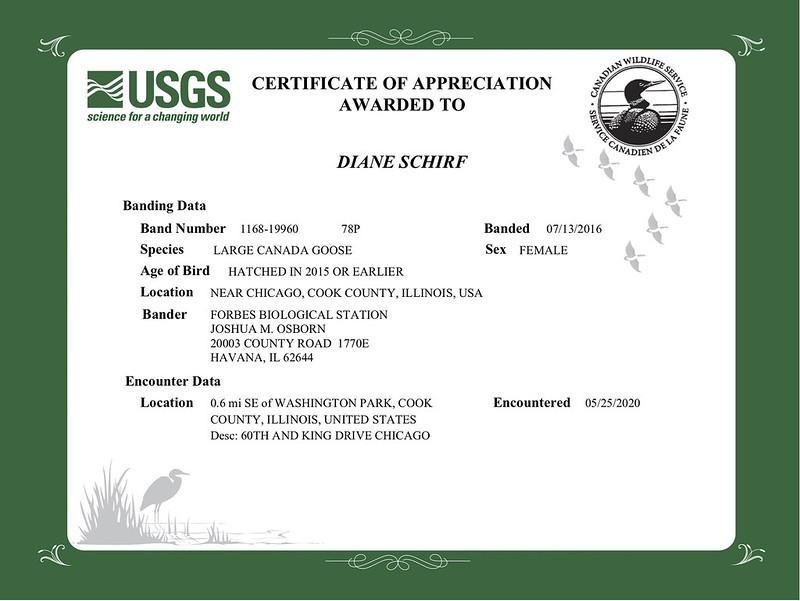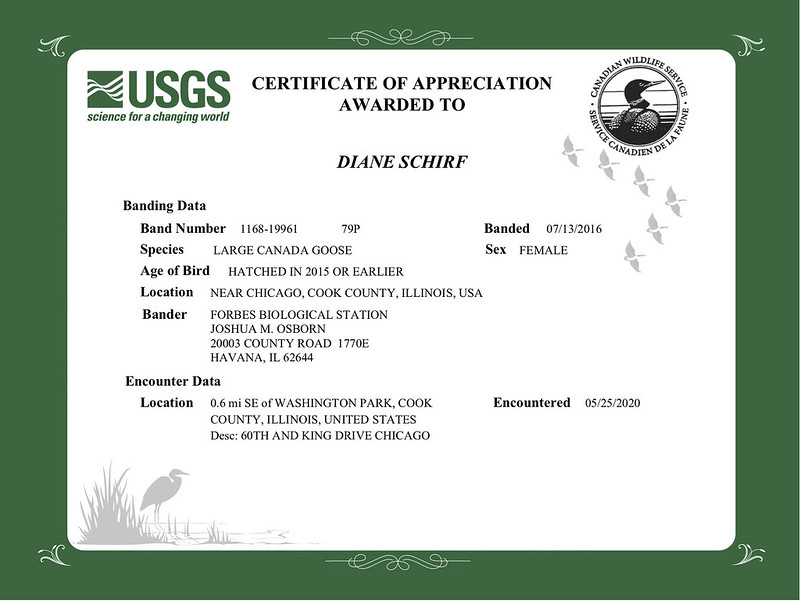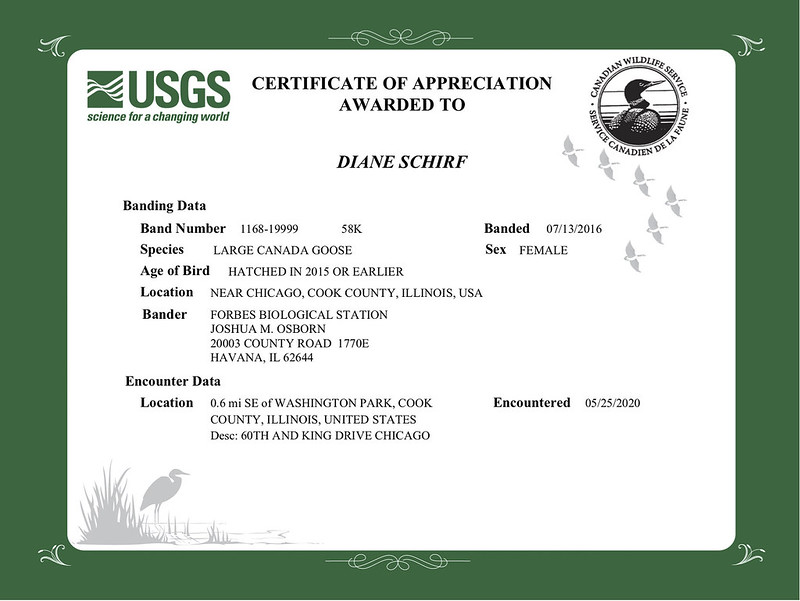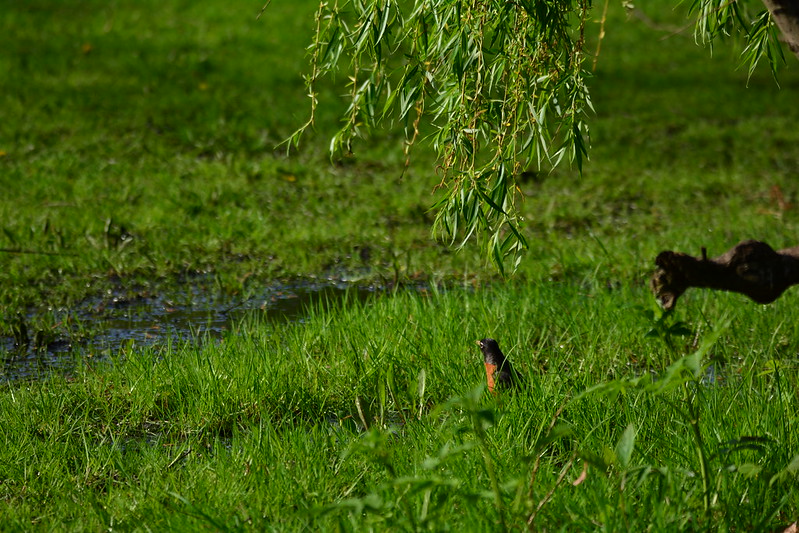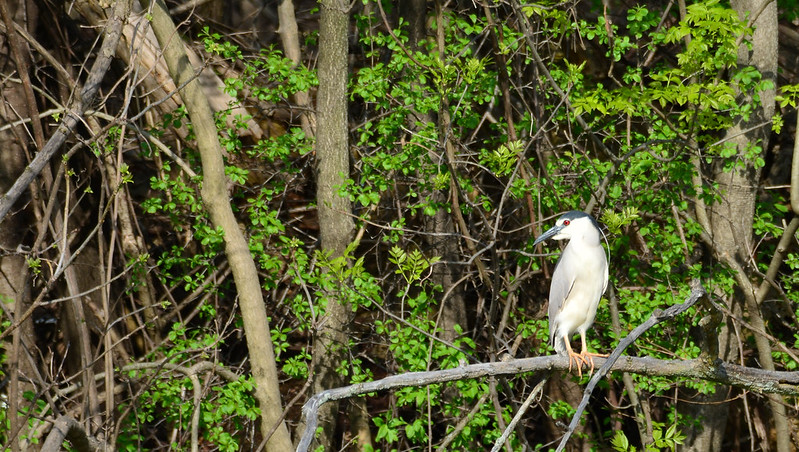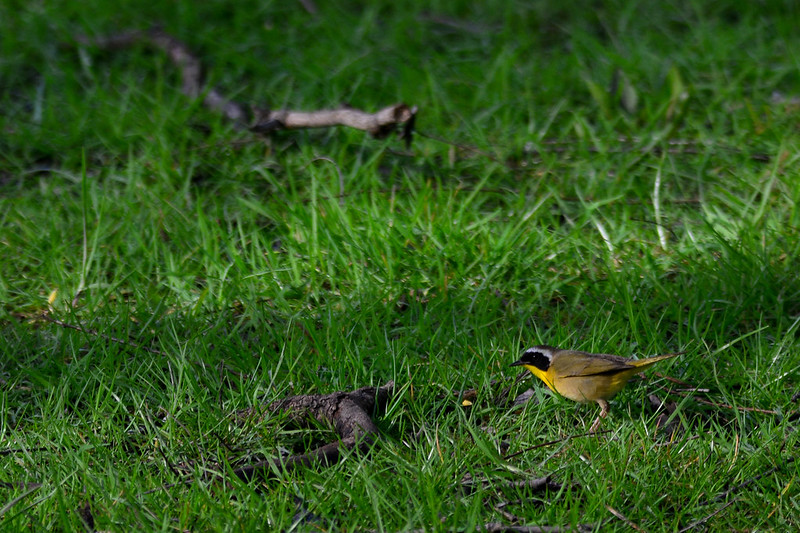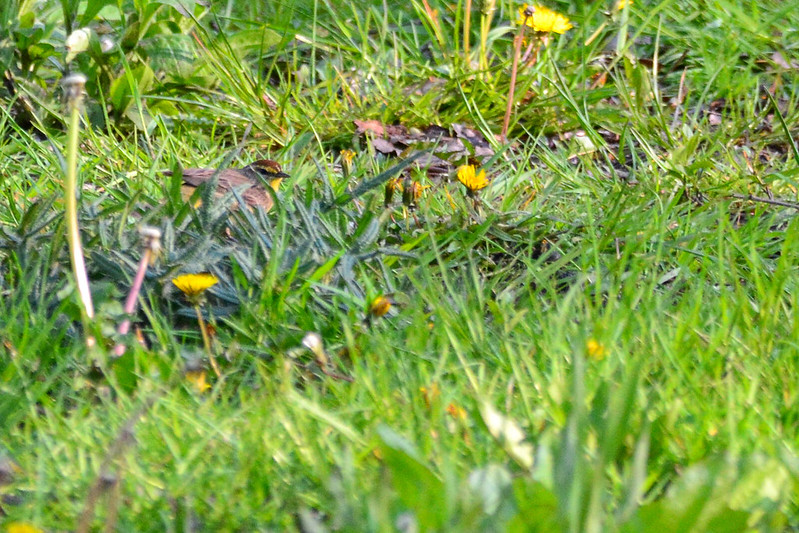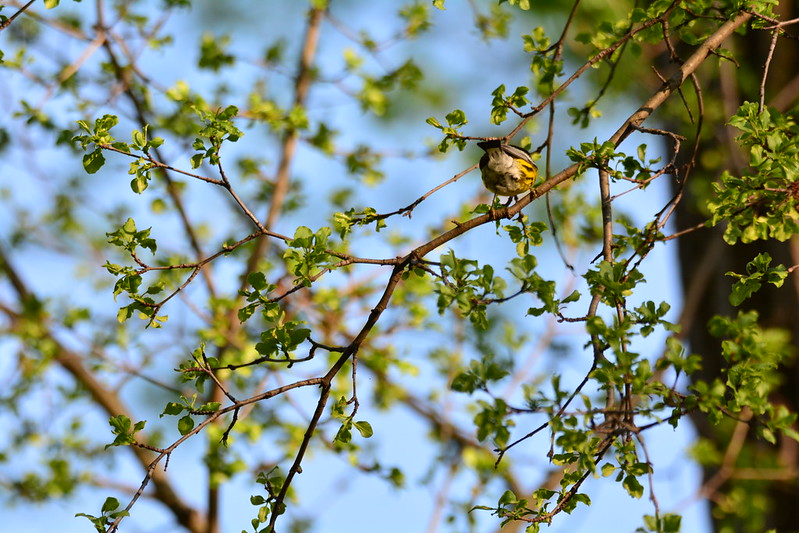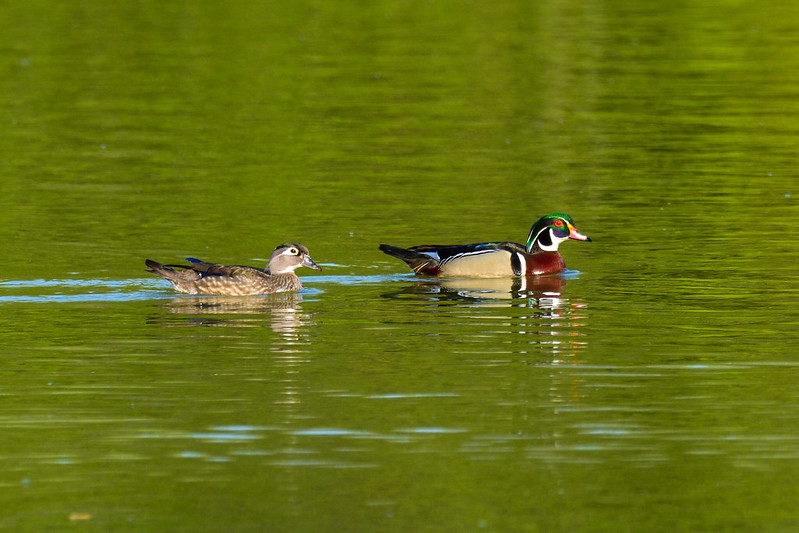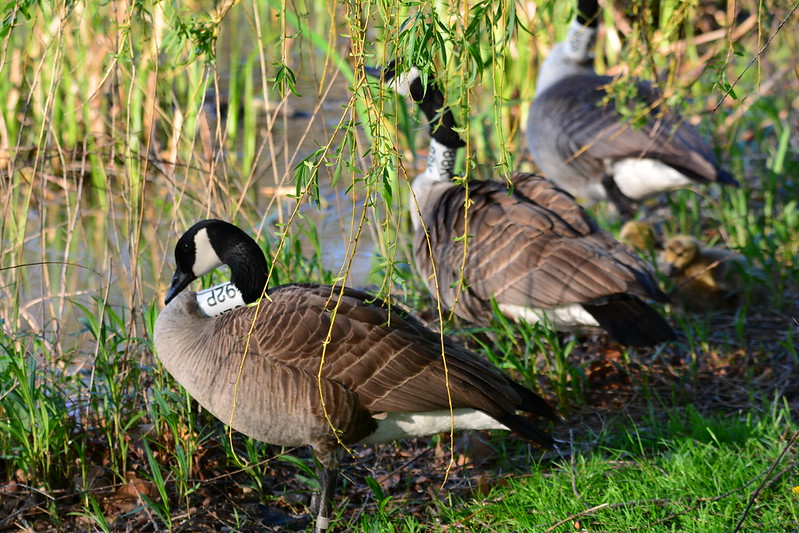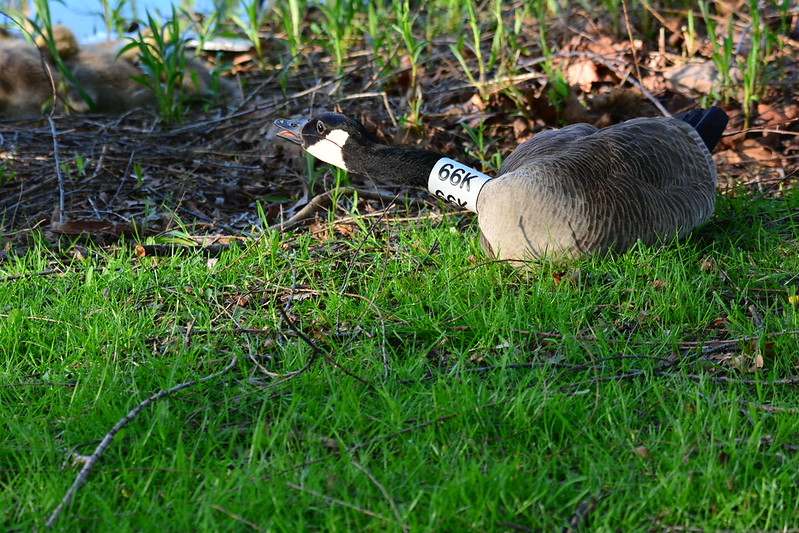May 9, 2024
This winter the Illinois Audubon Society held a Zoom series on the black-crowned night heron (BCNH), a species with worldwide distribution that is endangered in Illinois. At one time they nested in the Calumet area, but for the past few years they’ve moved their rookery to the red wolf exhibit at Lincoln Park Zoo.
This isn’t as odd as it may seem. The wolves aren’t a threat to the adults or to chicks/fledglings who stay out of reach. They are a deterrent tot raccoons, skunks, snakes, etc., who otherwise could reach eggs or chicks. It’s the same reason I believe people sometimes find fawns in the grass, shrubs, or flowers by their door. People’s presence and activity keep hungry predator mouths away. The BCNHs also like the mix of deciduous trees.
The zoo closes the red wolf exhibit while the BCNHs are nesting — something to keep in mind if you’re planning a spring/early summer visit to the zoo (maybe call ahead).
When as a participant in several Zoom calls about the BCNHs I received an invitation to “Twilight in the Rookery,” I went for it. I haven’t been to an evening event in years, and now usually by late afternoon I’m in agonizing pain. Admission was expensive, but I’m working and how else would I get to see the rookery? If I were in such bad shape I couldn’t make it, it would just be a donation. And now I can take a cab vs. two buses. Done.
The evening began near the Japanese macaque exhibit. I’m embarrassed to say how long it took me to find the partially hidden building. After introductory speeches, we were divided into groups to spread out over the area.
It was hard for me to stand for 30 to 40 minutes before we moved on (thankfully to an area with a bench — I didn’t care that it was wet).
At first I saw only a few BCNHs. Counts from previous years have been as high as 600. I started to see some flying around — incoming and outgoing. After we had moved to the second area, I saw more and more BCNHs peering at us from the foliage. It was evening and overcast, so a bit dark, but their shapes were clear. The biologists must have a methodology for finding and noting nest locations and counting. I couldn’t do it. I’d lose track.
Toward the end we saw the heron trap they’d mentioned. Should a BCNH be tempted to enter, a human observer brings the door down. The BCNH undergoes measurements, examinations, etc. It may even be fitted with a wee backpack — more on that in a bit.
At this point, I should mention someone had told me earlier about a friend who rescued great blue herons. They’re big and not always cooperative, and one had used its stabby bill to put its rescuer’s eye out. When you see videos on social media with gushing comments about how wild animals appear to be grateful to their rescuers, remember the rescuer with one eye.
On the way back, we stopped to watch two BCNHs fly and vocalize at each other. Our leader recognized them and said they do that often. We also saw a group of up to a dozen headed north.
Back at the half-hidden building, we passed around one of the wee backpacks a few lucky BCNHs are fitted with. They’re lightweight enough not to bother the bird. Somehow, a few have managed to lose theirs, although in some cases not before recording trips north to Wisconsin before their migration south. It’s like driving to Florida by way of Milwaukee or Green Bay. Why?
Heading out, I noticed people had stopped by the lions and thought, “Why not?” His Majesty was snoozing. One of the others rested unperturbed in a position reminiscent of a domestic cat. Another seemed to be resting, but keep a wary eye on me.
There was an extra bonus waiting for me outside the west gate — a huge amount of lilacs in full bloom. That heavenly scent. It was the last of the lilacs for me for 2024, and a happy way to end an informative, enjoyable Twilight in the Rookery.

















































